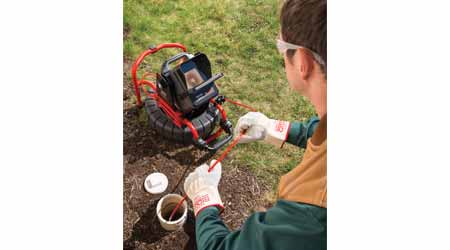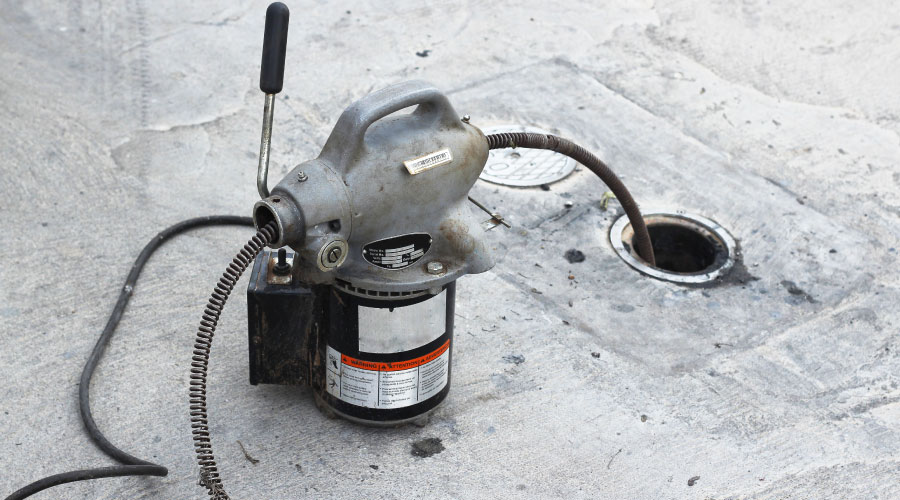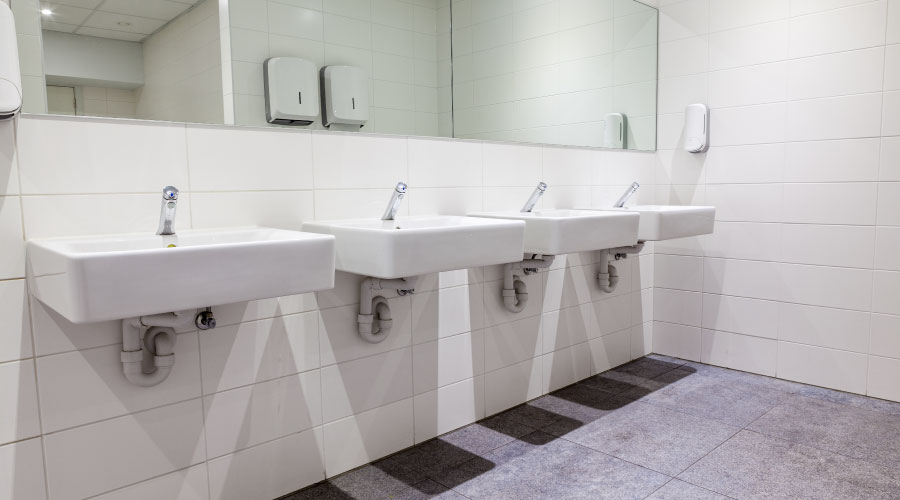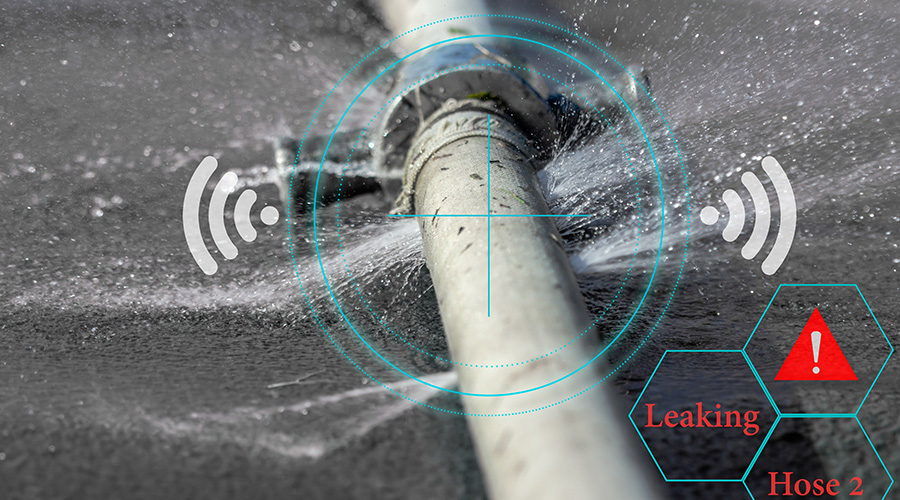Drain Cleaning: Dealing With Unexpected Blockages
Part two of a five-part article on toughest drain cleaning challenges
Many items that intentionally find their way into drains have no business being there, and managers must prepare for any situations that arise by ensuring technicians have the appropriate equipment deal with any situation that occurs.
“Anytime you’re in a public facility, you’ve got that chance of people putting all kinds of things down a drain that they shouldn’t,” Speranza says. “Toys, toothbrushes, T-shirts, anything.”
Drain-cleaning technicians in school districts and prisons sometimes find clothing in drain systems — man-made blockages that frustrate and confound those left trying to remove the items.
“We’re not sure what the rationale is, but it happens,” says Dave Dunbar with General Pipe Cleaners. “Clothing is tough to get out, and in that situation, we recommend (using) a snake with a retrieving tool on the end — a claw or an open-ended spring with a sharp end. You wind your way into it and bring it back. That same retrieving tool can bring back a broken cable that may be down there, too.”
Another man-made blockage occurs when concrete and plaster find their way into the drain line.
“Many times when a new facility is built, some concrete and plasters can wash down the drains and harden in traps or bellies in the lines,” Moherman says. “There are very few solutions for this type of blockage. Your best shot at clearing it requires the high rpm of a sectional machine spinning to a chain knocker for a very long time. Many times this type of blockage requires the pipe to be excavated and replaced.”
Related Topics:
















